Frost seeding clover is one of the most effective ways to establish an attractive and beneficial wildlife food source. It helps get an early start to the spring, because clover can begin to grow ahead of some common weed species – germinating as soon as soil temps reach 38-42 degrees.
You can add quick-growing annuals to help your long-lived perennials, add more total forage and protein content to your plot, or add a perennial mix to your previous annual plot that is ready to go for the spring. And you can do all this with minimal equipment.
With proper management, perennials like Whitetail Premium and Center Stage can last for years.
What is frost seeding?
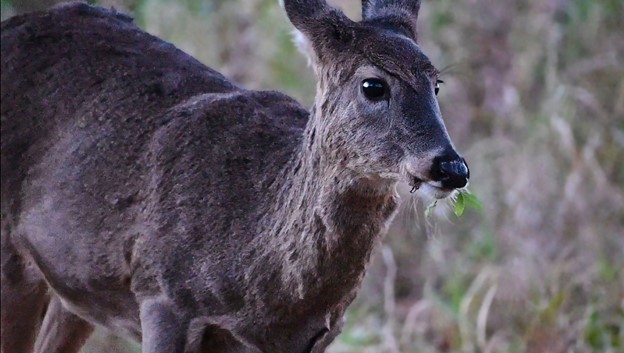
Frost seeding is the process of directly broadcasting seeds onto the soil surface during the freezing and thawing cycle, using the heaving process from freezing night temps and thawing day temps. This technique takes advantage of the freezing and thawing by trapping the small clover seeds in the soil, essentially planting them at a depth that gives the best chance for germination when spring temps warm the soil.
Frost seeding also creates great seed-to-soil contact, which is imperative for germination. There is little to no ground cover or weed competition first thing in the spring, which are known factors to reduce germination of clovers. If you have vegetation covering exposed soil, try mowing close to the ground and removing any excess litter to get as much sunlight hitting the ground as possible.
How to frost seed
Broadcasting is the most common method because it’s typically easy, relatively cheap, and gives you maximum coverage. Any hand broadcaster or ATV broadcaster will work. We recommend broadcasting your seed early in the morning to help minimize soil disturbance, and so the seed can be absorbed by the frost when it melts. Then, the seed will freeze into the ground when temps drop below freezing again. Cultipacking the seed can also improve the seed to soil contact and put your seed at ideal depth to be ready for germination in the spring.
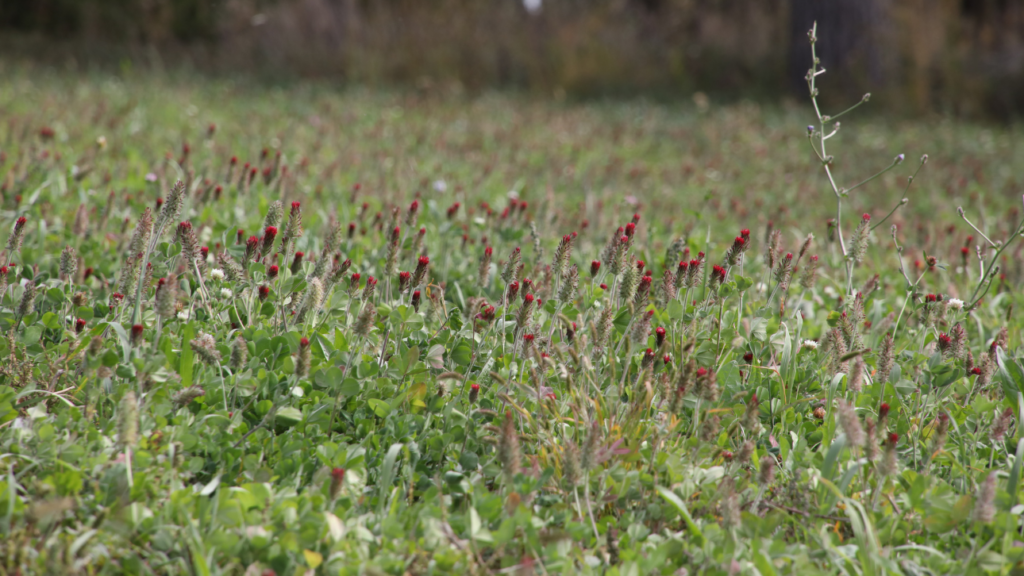
When to frost seed
Early spring or late winter is the best time to frost seed, although this will fluctuate slightly based on your location. In the southern regions, the best time to frost seed is late January to early February. In the central U.S., you can often wait until mid to late February or even early March, depending on the forecast. In the northern Midwest, the best time is often when most of the snow has melted, sometimes late March and April. The best way to time it is based on temperature – you want to be frost seeding when the soil temperature is around freezing, with daytime temps above 32 degrees Fahrenheit, and nighttime temps below 32 degrees Fahrenheit.
All in all, frost seeding is a great way to make sure you’re maximizing growing time, ensuring early forage availability, and spreading out the work to other, less busy, times of year. If you have any questions about frost seeding, reach out to a Renovo team member today.
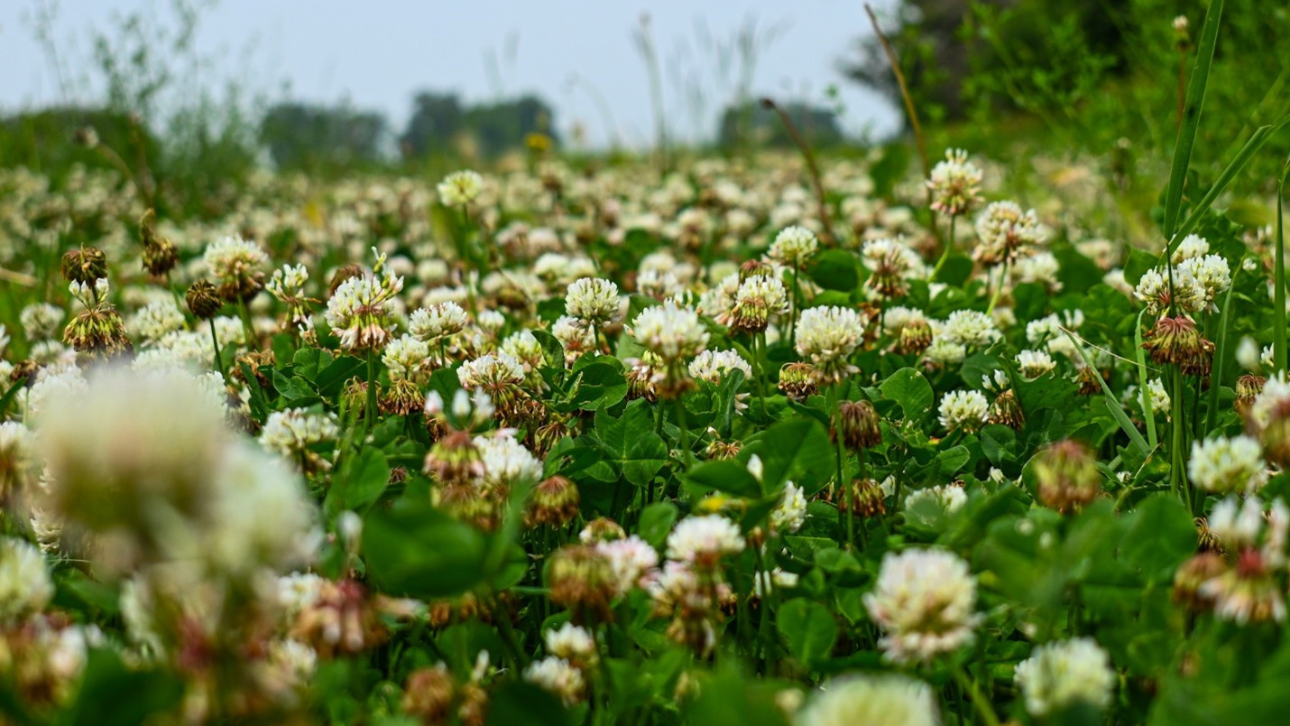
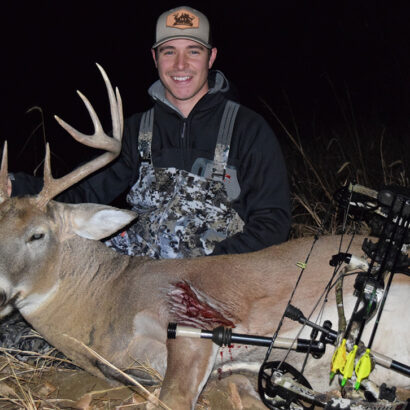

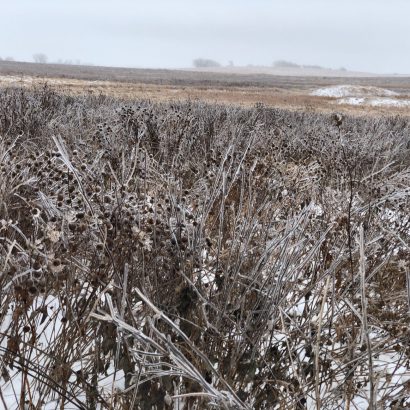
Discussion
0 Comments